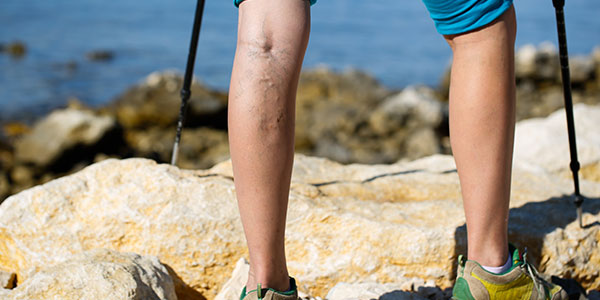Swollen, painful and sometimes discolored varicose veins are caused by venous insufficiency, a condition in which blood struggles to flow back up toward your heart, typically caused by damaged or weakened valves. Blood then pools inside the veins, especially when you stand or sit for long periods.
Fortunately, numerous treatments exist for eliminating varicose veins, and a combination of treatments may best meet your needs. Talk to your doctor about the following options.

- Sclerotherapy — This treatment is ideal for spider veins, or small varicose veins. Your doctor injects a chemical solution directly into veins through a tiny needle. This causes the veins to scar and close, rerouting the blood to healthier veins and causing the varicose veins to shrink.
- Ambulatory Phlebectomy — This minimally invasive process, also called stab phlebectomy or microphlebectomy, removes large varicose veins through very small cuts numbed with local anesthesia. You won’t need any stitches and scarring is minimal.
- Venous Ablation — An interventional radiologist uses a laser or radio waves to heat the varicose vein through a catheter, closing off the vein to blood but leaving the vein in your leg. Blood naturally redirects to healthy veins. This outpatient procedure takes less than an hour, causes less pain and scarring and offers a quick recovery.









